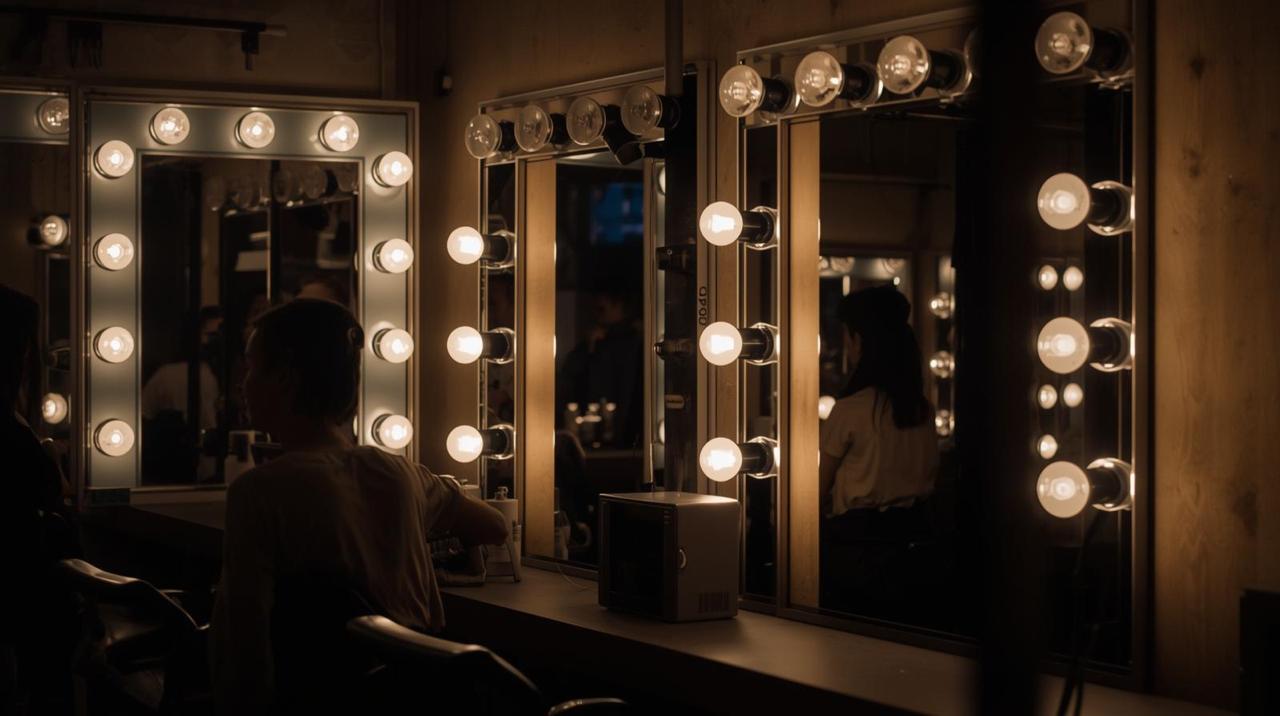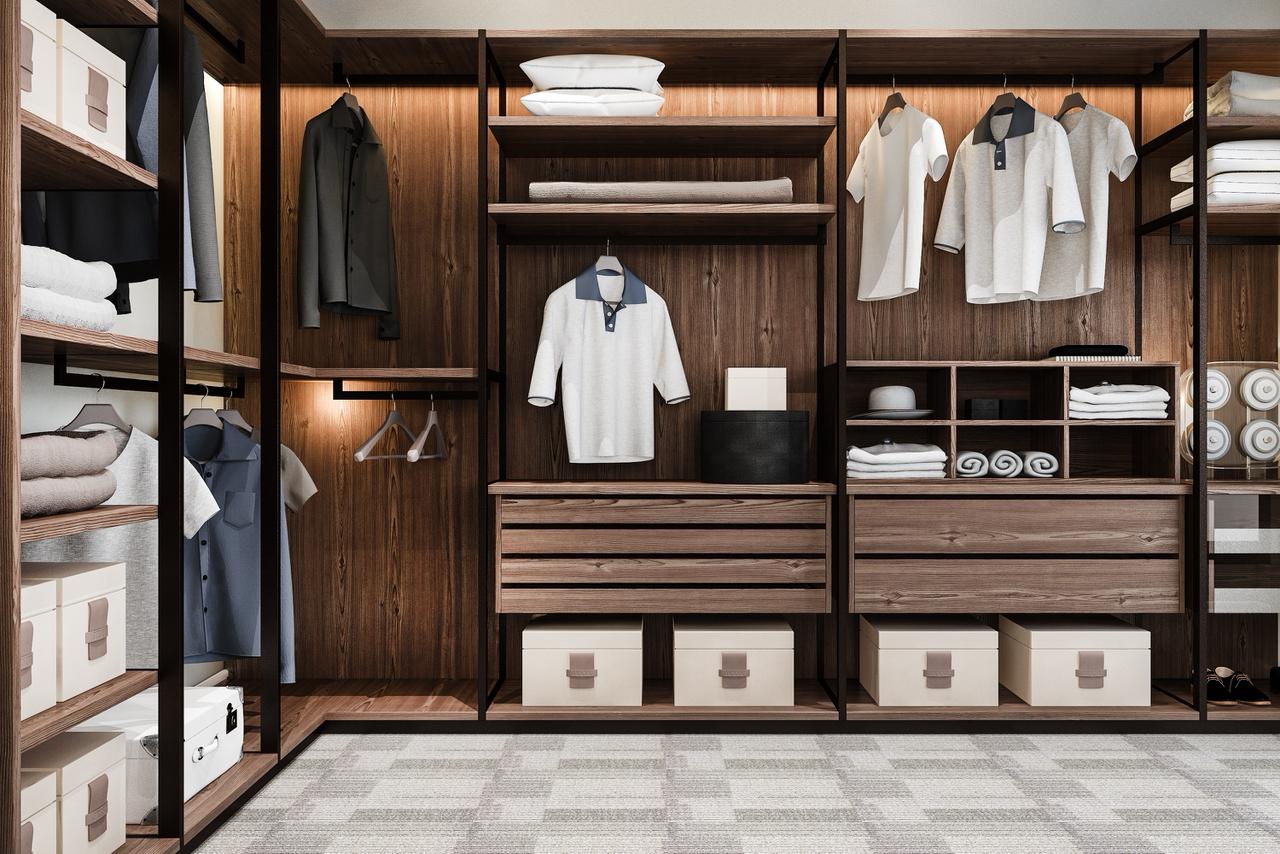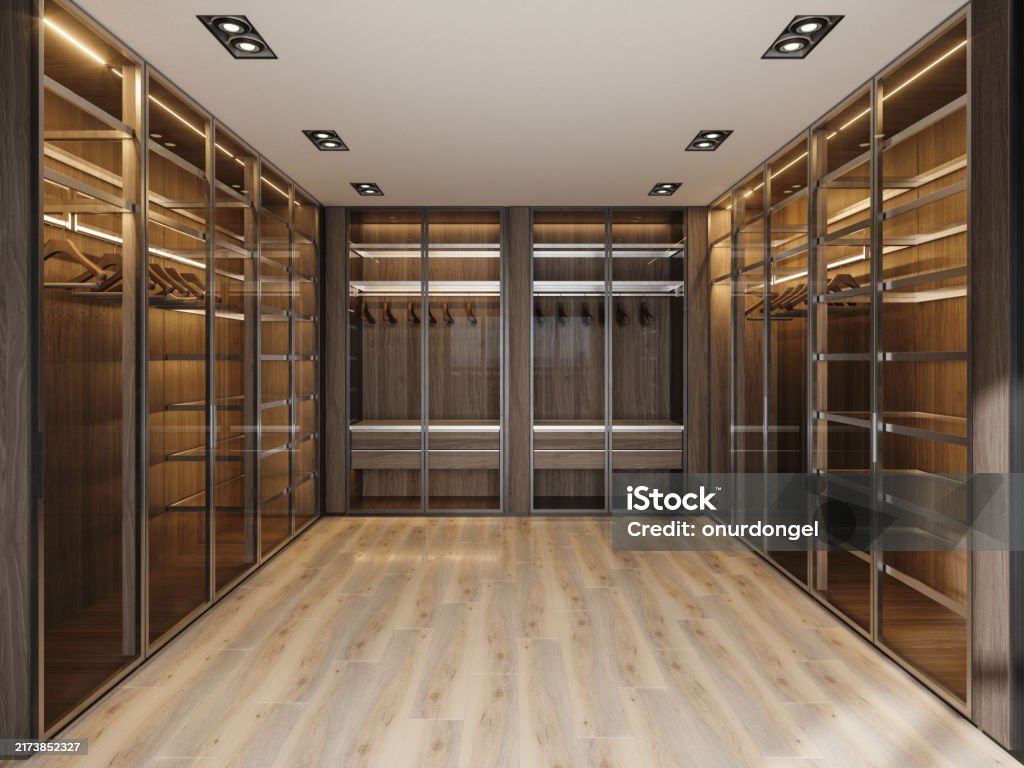Tips and Ideas for Professional Lighting Distribution in Dressing Rooms
Lighting plays a crucial role in the functionality and aesthetics of a dressing room. Whether in a high-end fashion boutique, a theater backstage, a photography studio, or a residential walk-in closet, professional lighting distribution in dressing rooms ensures accurate color representation, minimizes shadows, and enhances the overall user experience. In this guide, we’ll explore expert tips, design ideas, and technical best practices to achieve optimal lighting in any dressing space.
Why Lighting Matters in Dressing Rooms
Before diving into lighting ideas, it's important to understand why effective lighting in dressing rooms is essential:
-
True color representation: Poor lighting can distort colors, affecting clothing selection.
-
Visual comfort: Overhead glare or harsh shadows can make trying on clothes unpleasant.
-
Mood and ambiance: Lighting influences the perception of space and creates an inviting atmosphere.
-
Functionality: Well-lit mirrors and evenly lit spaces are practical and user-friendly.
1. Understand the Types of Lighting
A professional lighting design uses multiple types of lighting layered together:
a. Ambient Lighting
Also known as general lighting, this provides overall illumination for the room. In dressing rooms, ambient lighting ensures the space is uniformly lit without any dark corners.
Best options:
-
Recessed ceiling lights
-
LED panel lights
-
Ceiling-mounted fixtures
b. Task Lighting
Task lighting focuses on areas where specific activities happen, like applying makeup or trying on clothes in front of a mirror.
Best options:
-
Vanity lights around mirrors
-
Adjustable LED wall sconces
-
Pendant lights above dressing tables
c. Accent Lighting
Used for highlighting architectural features or decor elements like shelving, artwork, or display wardrobes.
Best options:
-
LED strip lighting in shelves
-
Spotlights for fashion displays
-
Cove lighting to add depth
2. Use Vertical Lighting for Mirrors
One of the most critical areas in a dressing room is the mirror. Overhead lights can cast unflattering shadows on the face and body. Instead, vertical lighting on both sides of the mirror offers even illumination and reduces facial shadows.
Recommendations:
-
Install LED light bars or vertical sconces on either side of the mirror.
-
Ensure lights are placed at eye level (approximately 60–66 inches from the floor).
-
Use fixtures with a CRI (Color Rendering Index) of 90+ to ensure accurate color reflection.
3. Choose the Right Color Temperature
The color temperature of your lighting affects how colors appear. Dressing rooms require a natural and flattering light to simulate daylight.
Ideal color temperatures:
-
3000K to 4000K: Soft white to cool white, ideal for a natural look.
-
Avoid temperatures below 2700K (too warm) or above 5000K (too clinical).
Pro Tip: Use dimmable lights so users can adjust brightness levels based on time of day or personal preference.
4. Eliminate Shadows with Layered Lighting
To avoid dark areas or unflattering shadows:
-
Use a combination of ceiling lights and vertical mirror lights.
-
Add LED strip lighting inside wardrobes and drawers.
-
Install floor-level uplights to balance illumination from below.
This layered lighting strategy ensures uniform distribution across the space and enhances depth.
5. Optimize Light Placement and Spacing
Incorrect placement can lead to hot spots or shadowed corners. Consider the following spacing guidelines:
For ambient recessed lights:
-
Space fixtures 4–6 feet apart for even coverage.
-
Keep at least 2 feet away from walls to avoid shadowing.
For mirror lights:
-
Place side lights about 36–40 inches apart, centered at face height.
-
For overhead vanity lights, position them 75–80 inches above the floor.
6. Incorporate Smart Lighting Controls
Smart lighting adds convenience and customization for users. Popular features include:
-
Motion sensors: Automatically turn lights on/off when someone enters or leaves.
-
Dimmer switches: Adjust light intensity for mood or activity.
-
Smart bulbs or systems (e.g., Philips Hue, Lutron): Allow control via smartphone or voice assistants.
These controls improve energy efficiency and user comfort.
7. Don’t Forget About Natural Light
If possible, integrate natural daylight with artificial lighting. Natural light is the best source for accurate color representation.
Tips:
-
Use sheer window coverings to diffuse sunlight.
-
Position mirrors and dressing areas to maximize natural light.
-
Pair natural light with dimmable artificial lighting for seamless transitions throughout the day.
8. Select Energy-Efficient Fixtures
Opt for LED lighting for long lifespan, low heat emission, and reduced energy consumption.
Benefits of LEDs in dressing rooms:
-
Minimal heat generation (important in enclosed spaces)
-
Available in various color temperatures and styles
-
Lower operating costs over time
9. Tailor Lighting to Room Size and Purpose
For small dressing rooms:
-
Use light-colored walls to reflect light.
-
Recessed ceiling LEDs and vertical mirror lights are often sufficient.
For large walk-in closets or boutique dressing areas:
-
Add accent lighting to highlight display shelves or designer pieces.
-
Consider a chandelier or statement pendant for central ambient light.
10. Maintain and Update Your Lighting Regularly
Even the best lighting systems require upkeep:
-
Clean light fixtures regularly to maintain brightness.
-
Replace outdated bulbs with modern, efficient alternatives.
-
Periodically re-evaluate lighting needs based on usage or room changes.
Final Thoughts
Professional lighting distribution in dressing rooms isn't just about brightness—it’s about creating an environment where color, comfort, and confidence come together. By layering ambient, task, and accent lighting and focusing on mirror illumination, color temperature, and smart controls, you can transform any dressing area into a perfectly lit, stylish space.


